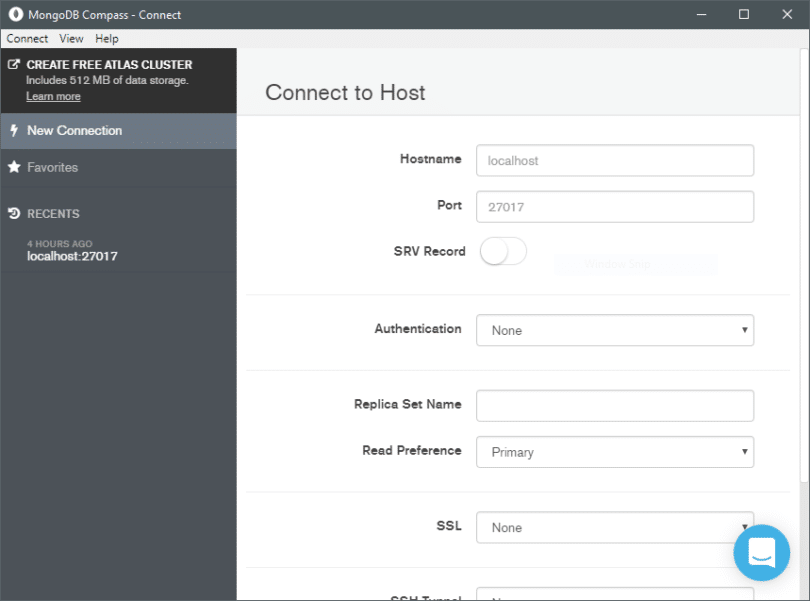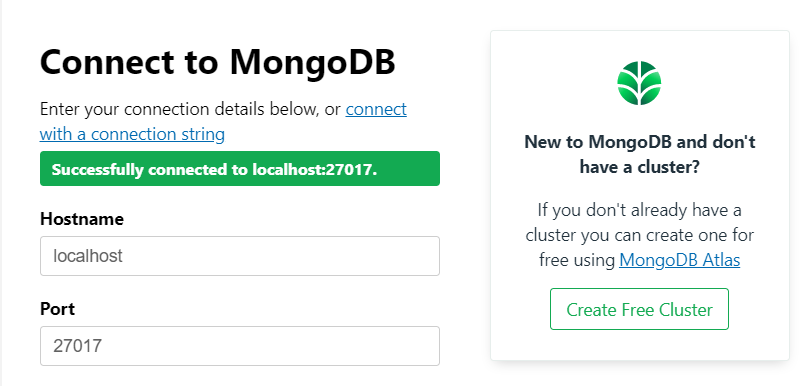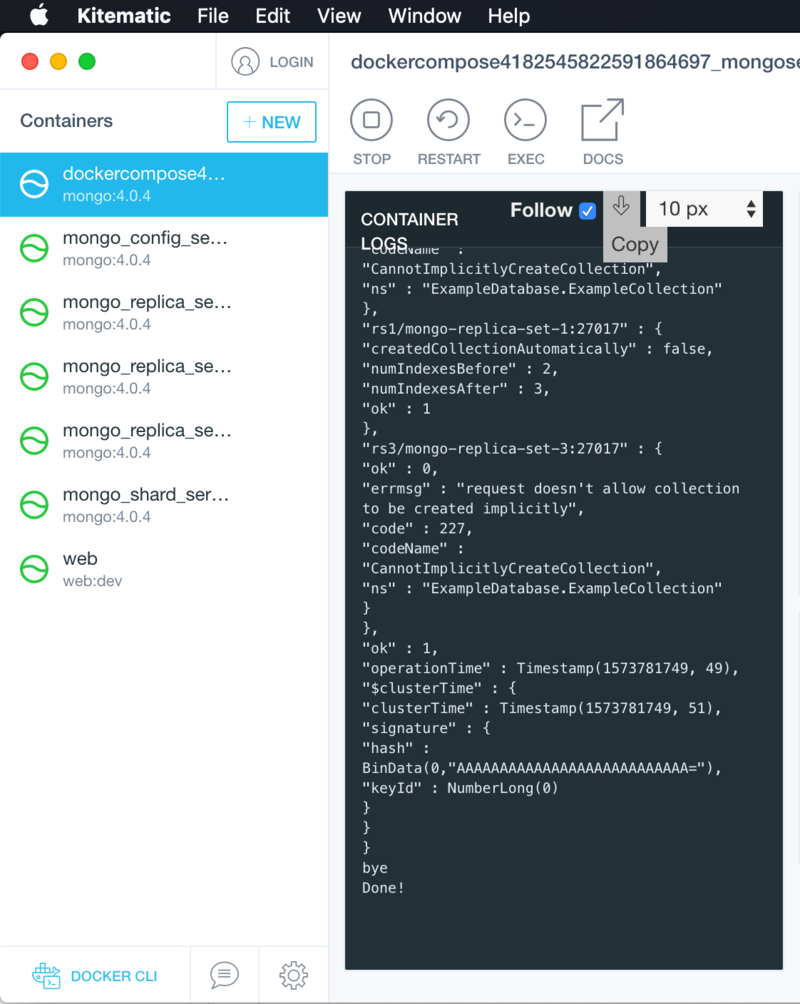

By the end, you’ll know all about how to use MongoDB databases. Throughout the way, you’ll use MongoDB to build projects as you learn. You’ll learn basic Mongo command operations, using MongoDB in C# and. In this interactive course, you’ll get to see for yourself why there’s so much hype around MongoDB. To get started learning these concepts and more, check out Educative’s course The Definitive Guide to MongoDB. Some recommended topics to cover next include: There’s still so much more to learn about MongoDB. In our example, ensure the Docker container you defined for Chapter 3, Essential MongoDB Administration Techniques, to Chapter 12, Developing in a Secured. it Provides an interactive shell to the Docker.

Additionally, this command changes the name of the container to mongodb: sudo docker run -it -v mongodata:/data/db -name mongodb -d mongo. The /data/db directory in the container is mounted as /mongodata on the host.

MongoDB is the most popular NoSQL database system, and it can be used for many things. Start the Docker container with the run command using the mongo image.
#Mongodb compass docker portable#
Creating a MongoDB container allows us to work with a portable and extensible NoSQL database without worrying about the underlying configuration of the devices we want to run it on. Morover, mongoengine connection to MongoDB uses tzawareFalse and tzinfoNone, what. All my docker containers have time zone set to Etc/UTC. Unfortunately, when I inspect saved data with MongoDB Compass the UTC date is offset two hours (to my local time zone). Using Docker volumes and setting the appropriate -dbpath when running mongod would prevent this from happening.įinally, instead of running a bunch of shell scripts, you may find it more convenient to automate this whole process by using multi-container automation tools like docker-compose.Congrats on taking your first steps with MongoDB and Docker! Running containers with Docker is very efficient. Within my app I'm generating UTC date with datetime library using datetime.utcnow (). If we remove one of our containers by mistake, the data would also vanish.Run at least one container on a different server and access it through its external IP address and port (in our case the external facing ports for out containers were 30001, 30002, and 30003 for mongo1, mongo2, and mongo3 respectively). The different replica containers should be kept on different physical servers.Be sure to add users and passwords when deploying this solution on production servers. None of the databases have any administrative security measures.

Using Docker, we were able to get a Mongo replica set up and running in ~5 minutes.Īlthough this set up is great to experiment with replica sets, there are some precautions to be taken before moving it to production : # this container will exit after executing the command restart : "no" depends_on : - mongo1ĭb = (new Mongo("localhost:27017")).getDB("test") # finally, we can define the initialization server # this runs the `rs.initiate` command to intialize # the replica set and connect the three servers to each other mongoinit : image : mongo Services : # first, we define the three mongo servers that will act as replicas # here, we steup the hostname ports, and startup command # which is the same as discussed in the previous section mongo1 : hostname : mongo1Įxpose : - 27017 ports : - 30001 : 27017 restart : alwaysĬommand : mongod -replSet my -mongo -setĮxpose : - 27017 ports : - 30002 : 27017 restart : alwaysĮxpose : - 27017 ports : - 30003 : 27017 restart : always


 0 kommentar(er)
0 kommentar(er)
